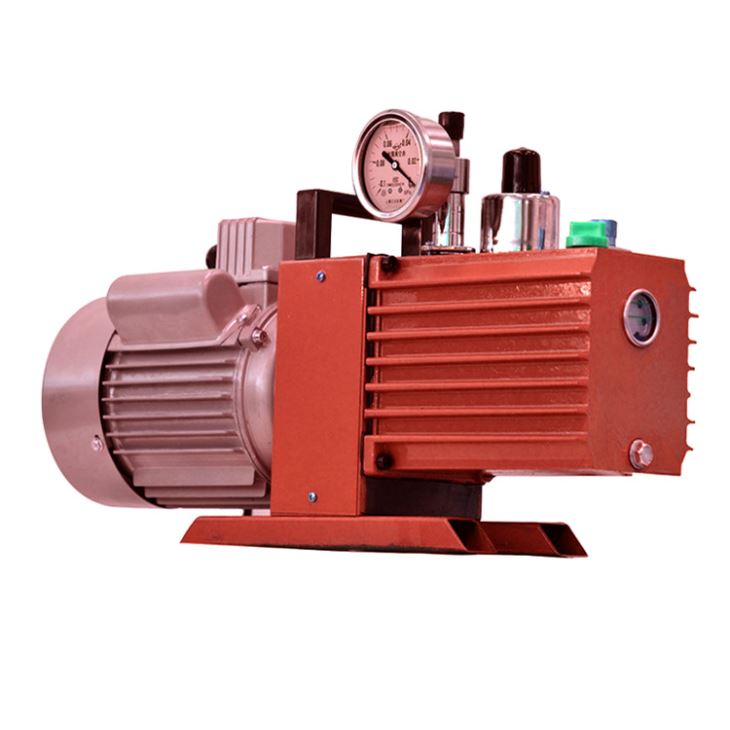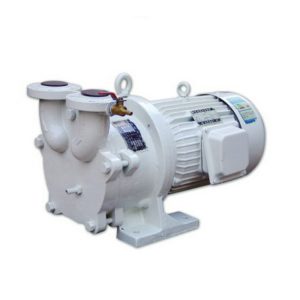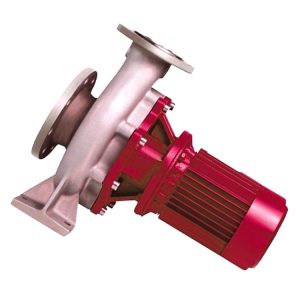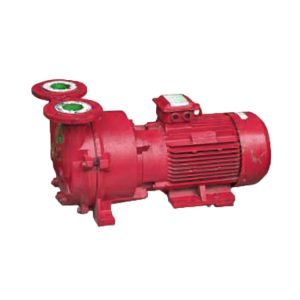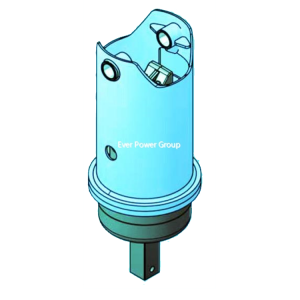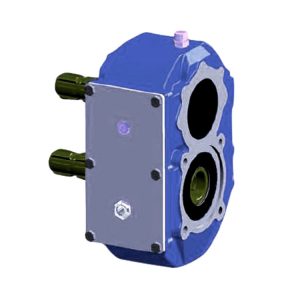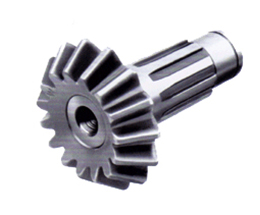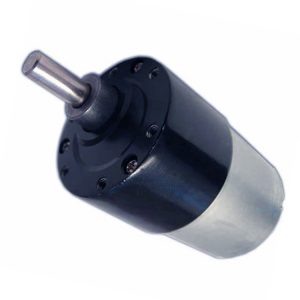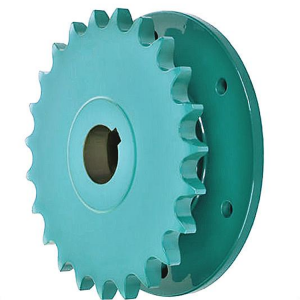Description
Rotary vane: Rotary vane pumps are comprised of a series of vanes that are mounted to a rotor that turns inside a cavity. As the vanes rotate, centrifugal force extends them from their individual slots, forming compression cells that get larger to draw air in from the intake and smaller to push air out the exhaust.
Articulated piston: An articulated piston industrial vacuum pump operates in a manner similar to that of an automobile engine. As the piston moves downward inside the cylinder, air is drawn in through the intake valve. During the piston’s upward stroke, the air is permitted to escape via an exhaust valve. Two spring-backed piston rings are used to seal the piston to the cylinder.
Screw: Rotary screw pumnps include two parallel rotary screws in the pump housing. The screws are synchronized to turn in opposite directions, which causes the compression action to occur. The gas is compressed in the direction of the pump’s discharge port.
Liquid ring: Liquid ring pumps also operate via positive displacement. During operation, the pump’s impeller rotates inside the pump casing. A rotating liquid ring then seals the impeller and its blades. Liquid is sucked into the compression chamber to keep the ring stable. Conveyed gas is compressed during each impeller revolution.
Claw: Claw vacuum pumps consist of two rotors that are very close but do not come in contact with one another during rotation. As the rotors turn they physically enlarge the space between them to draw in air, then as they rotate around, physically reduce the space between them to compress the air out of the chamber.

